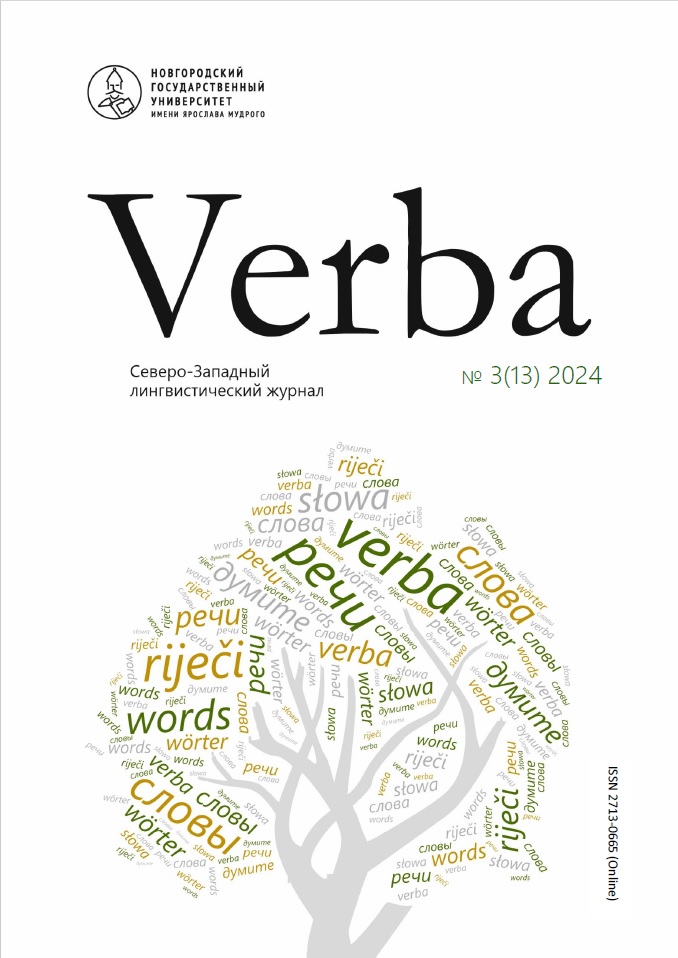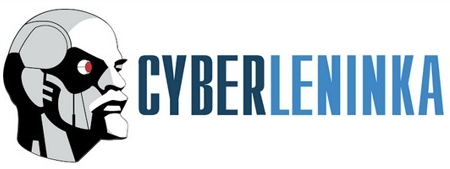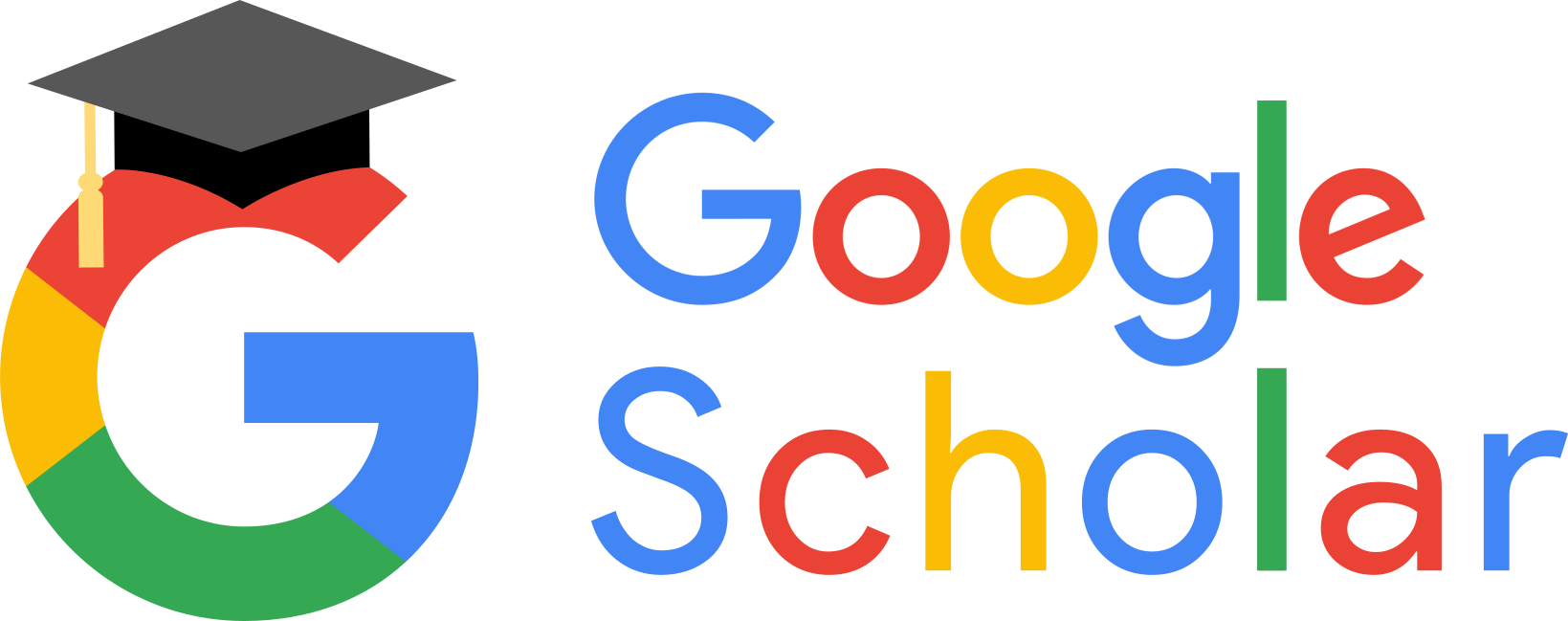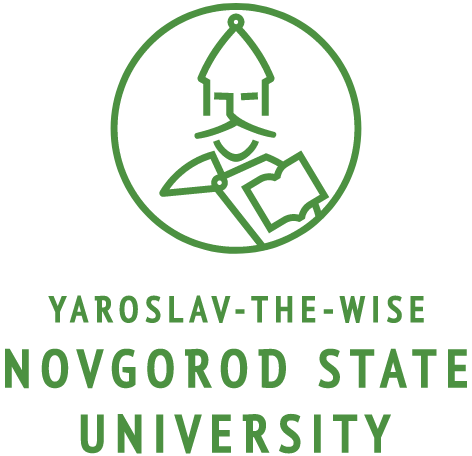Human and Computer in Scientific Text
DOI:
https://doi.org/10.34680/VERBA-2024-3(13)-62-73Keywords:
neural networks, AI text, scientific text, verification of human-created contentAbstract
The paper examines the problem of verifying human and computer-generated content in scientific texts through specialized tools based on neural network technology. The author touches upon the background of the confrontation against artificially generated texts, which has become increasingly pressing for the domestic academic community in recent years, emphasizing current practices for verifying such content. As part of the study, a quick analysis was conducted to identify the basic patterns for determining whether a particular text is artificially generated by a neural network. The analysis revealed systemic regularities that pertain not so much to the semantic content as to the predominantly external formatting of the text. As a result of the research, significant gaps were identified in the mechanisms for content verification that increase the likelihood of falsely categorizing human content as machine-generated. In conclusion, the author questions the relevance of such verification mechanisms at their current stage of development.
Downloads
Downloads
Published
How to Cite
Issue
Section
License
Copyright (c) 2025 Verba

This work is licensed under a Creative Commons Attribution-NonCommercial 4.0 International License.








